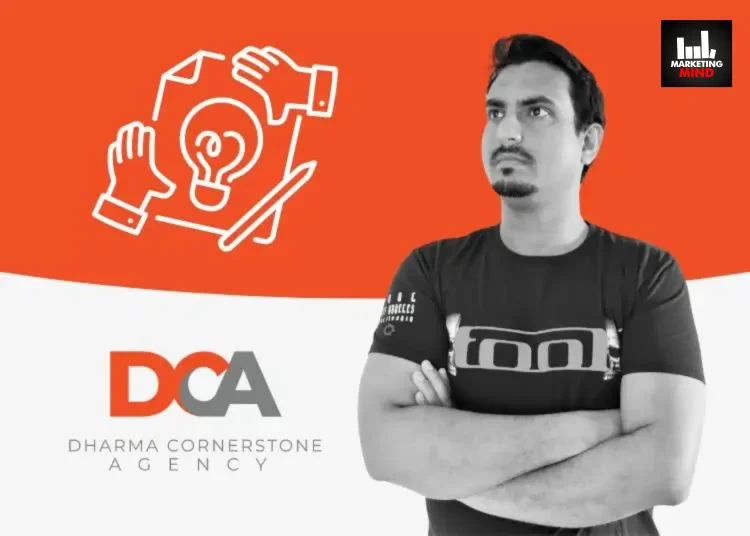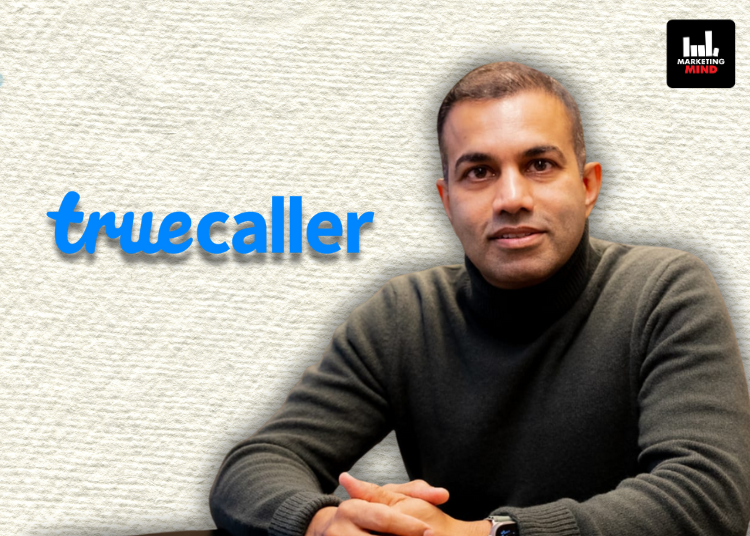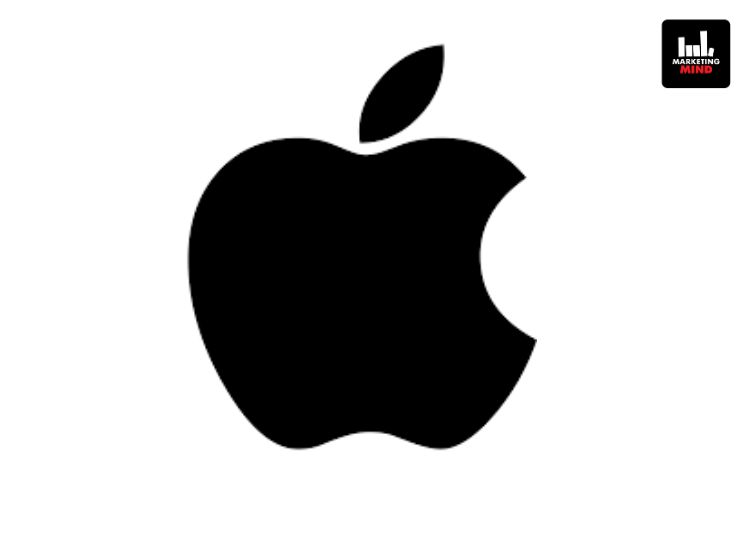Soundscapes have played a vital role in enhancing human experiences by accentuating our auditory senses in various media. They propelled the Lumière Brothers’ invention of moving pictures further, by the introduction of sound! While necessity gave birth to the invention, the longevity of sound magnified the cinema-viewing experience.
Today, various sound technologies and devices have penetrated human life. Alexas and Google Homes have become an intrinsic part of living. Since sound has gained prominence in our living experience, it has become a currency for brands to attain visibility and establish their identities. They have adapted to ‘Sonic Branding’ to immortalise their brands beyond the visual experience.
As per the WPP Group, 75% of Gen Z consumers have testified that they relate to a brand better through music and sound.
So, what is sonic branding? In simple words, it is an expression of a brand through sound. A study found that there was an 8.5x spike in brand attention after employing sonic branding. In 2019, when Zomato decided that they wanted a ubiquitous presence in their consumers’ lives, they dabbled with innovative ideas using sounds. The onomatopoeic ‘Zing’ became the identity of the brand. The sound is approximately heard one billion times a year across 500 cities!
Sonic Branding’s origins can be traced to when the hegemonic print industry shut down the advertisements on radio in the US. So, brands employed composers and voice-over artists to promote their brand through sounds. This is how jingles, one of the earliest forms of sonic branding, became famous.
India has witnessed an era of some of the most impactful jingles of all time! The ‘Swadh Sugandh Ka Raja’ campaign for Badshah Masala will go down in history as one of the most innovative TV jingles that is still hummed by the old and young alike. It made the brand a household name after starting with humble beginnings in a suburb of Mumbai.
However, in the hierarchy of the importance of music in brand impact, musical logos stood at the top of the chain. If we have to choose a classic and timeless audio logo, Raymond’s ‘The Complete Man’ campaign makes us nostalgic. As a tune grips an entire track, Schumann’s Kinderszenen Op 15 shouldered the brand and popularised it across all economic strata. The brand publicised sonic branding way before the concept gained prominence in marketing strategies.
Brands are seeding their identity into the subconscious of their customers through sonic branding, making it a form of subliminal advertising. It is a subtle way to impact the buying behavior of consumers.
The best example of this is the Pepsi vs. Coca-Cola Halloween campaign. Pepsi tried to diss Coca-Cola by wearing a cape, hinting at the horror that customers may face after receiving Coke instead of Pepsi. Coca-Cola upped the ante by messaging that Pepsi is masquerading behind Coca-Cola, pretending to be a hero while they are the real cape-wearing heroes.
Sonic branding has manifested itself in several other ways, apart from jingle production, musical logos, and brand anthems. Sound is not the sole identity that a brand holds. It extends to a brand’s target audience and the principles it holds. A brand’s identity should not necessarily be one-dimensional in terms of music. It should exude creativity through its musical pursuits to be impactful.
For instance, the Taj Mahal tea brand upped the rebranding by a few notches. It not only replaced the Tabla with a Santoor, but the brand also created an OOH (Out-of-Home) experience for consumers. There was a huge installation outside the Vijayawada Junction in Andhra Pradesh that comprises 31 strings that produce the symphony of ‘Raag Megh Malhar’ when it rains. This innovative sonic campaign has been registered in the Guinness Book of World Records!
As traditional branding utilizing sound finds its footing in the market, artificial intelligence has begun to slowly infiltrate it. AI is proving to be beneficial as it plays a vital role in the perpetuation of the sonic identities of brands.
AI-generated tools will help brands map patterns of music that are already employed by other companies, in addition to helping them create new music and gauge its impact. For instance, Coca-Cola will soon launch ‘Coke Soundz’, an AI device that will enable consumers to produce original, uplifting sounds. However, the lack of human attribution to the sonic identities might fail to elicit a similar impact on consumers’ emotions.
Historically, a combination of commerce, art, and technology has paved the way for the legacy of sonic branding. However, there are new methods in which cross-pollination between art and advertising benefits both artists and brands.
Brands are leveraging sync licensing for sonic branding by utilising music from various artists, which in turn helps these artists’ work transcend geographical boundaries. For instance, Indian indie artist Prateek Kuhad became a global sensation with his song ‘Cold/Mess’ after Meta licensed the song for three months for a Facebook campaign.
By weaving sound into their identities, brands can create lasting impressions that resonate on a personal level, fostering loyalty and enhancing overall brand perception. As we move forward, the significance of sonic branding will only grow, immortalising the saying that ‘people think about what they see, but they feel what they hear’!
















